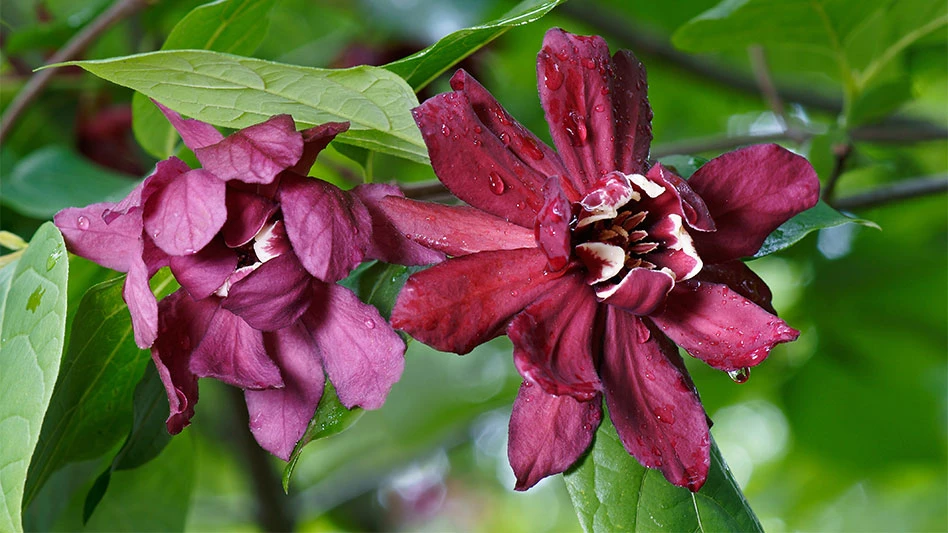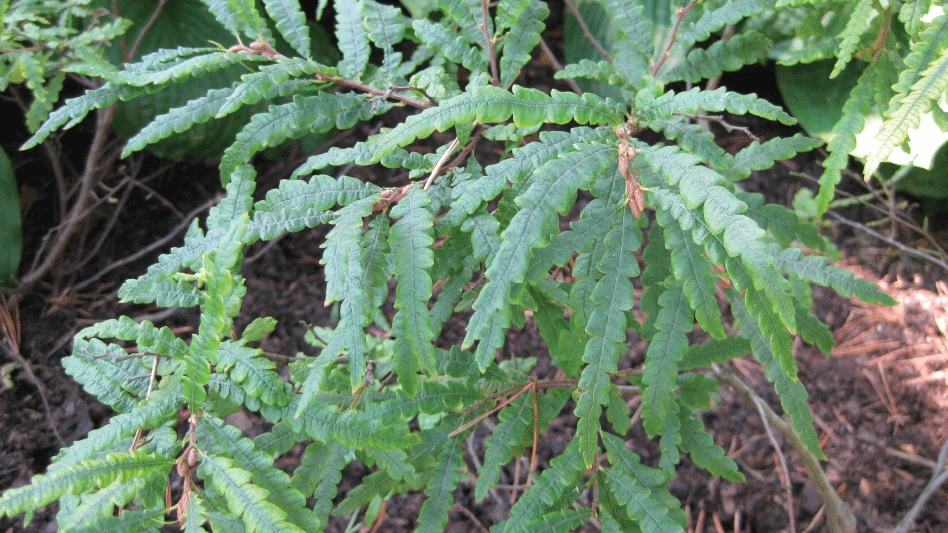
Labor is typically the common denominator in the successes and concerns of a production nursery or greenhouse, which is why the tightening labor market is causing such a conundrum with growers. In Nursery Management’s 2018 State of the Industry survey, the problem is thrown into stark relief. When asked about their greatest business challenge, 77 percent of the growers that took the survey answered “labor.”
Slightly more than half the survey respondants also said they limited new hires in 2018 because of the unavailability of qualified labor in the market. Some nurseries are investigating the H-2A season worker program or using refugee labor to supplement their workforce. Other nurseries are turning to automation.
Drew Johnson is a consultant with Bellpark Horticulture. Formerly known as Visser NA, Bellpark has been providing horticultural automation solutions for more than 20 years. As the North American dealer for Visser, Mayer, Logitec Plus & DryGair, Bellpark offers a diverse group of product lines to help growers automate many facets of their operation. Bellpark is based in British Colombia and serves growers in the U.S. and Canada.
In his job as a consultant, Johnson guides a grower through the process of determining if automation is right for them and how their operation could benefit.
1. Decide if it’s right for you
So how can a grower decide if automation will work with their particular situation?
“Automation can always be beneficial for growers; it’s more about determining what type of equipment will be most beneficial,” Johnson said.
If a grower is new to automation and nervous about the investment, Johnson steers them to introductory machines that are lower capacity but also are lower cost. This helps a nursery that is just dipping its toes in the water to get accustomed to the process with less risk. For larger-scale operations that have more experience with automation or need higher production, there are more expensive machines that are much faster and have a greater range of flexibility.
“Using automation to become more efficient and producing faster goes without saying, but we have noticed a decrease in labor availability that is hitting the industry quite hard,” Johnson said. “Being able to rely on equipment using less labor is key to sustainability.”
2. Consider your labor situation
When deciding whether automation would benefit your nursery, this may be the only topic you need to consider. If the labor crunch is making it too difficult for you to produce the plants your customers want to buy,
“We are seeing labor availability play a much bigger factor in decision making,” Johnson said. “Even if it’s a small producer with a piece of equipment that might not have a return for 5+ years in their case they will justify the need for it. Whether it’s a generational or immigration issue, there are fewer and fewer workers available to perform the type of work that our equipment is handling.”
3. Find areas to automate
There are several steps a grower can take to determine where automation could fit in their production process. Johnson said a good place to start is tracking labor hours and cost based on the various tasks involved in production.
“You might find you’re more efficient in some areas and not as much in others,” he said. “Whether it’s in the production area or out in the field or greenhouse, there is equipment that will make it quicker and easier.”
The next step is taking that data and deciding what to do with it. A consultant can guide a grower through that process.
4. Meet with an expert
Johnson said a site visit is a must for an automation consultant. They will want to see the current production methods and determine what efficiencies can be created. Part of their job is simply providing an outside point of view.
“When you’ve been operating a certain way, simple things can easily be overlooked that might play a bigger role than anticipated,” he said. Whether it’s direction of flow in or out of an area, the strength of a pot, size of carts, etc.”
Independent consultants can be very beneficial, depending on their background and experience. Growers also gain a lot of insight by visiting other growing operations, especially ones that face similar situations. Bellpark will often arrange a meeting with growers that have implemented automation solutions like those being considered.
5. Measure the impact
Automation can impact profitability at a production nursery or greenhouse in many ways (Editor's note: see sidebar below). From transplanting to container handling, there are ways to automate most nursery tasks. But the investment may not have the desired impact if it’s not addressing a heavy pain point for your business. The variety and quantity of products that are produced plays a role in determining this. For instance, if your operation produces three million 1-gallon containers a year and only 10 thousand 7-gallon containers, you should focus your resources on the area that will alleviate the pain point – in this case, the 1-gallon size.
According to Johnson, a pot filler is a good first investment, for nurseries that don’t already have one. It’s a typical choke point for labor, so the grower will recoup its investment sooner through labor savings. There are a wide range of options available with varying prices and levels of functionality. Basic units are capable of 2,000 pots per hour and more intricate machines can do 10,000 pots per hour.
Johnson also recommends an inline set-up from filling to planting to loading.
“It really streamlines production, making it much more efficient,” he said. “At so many nurseries I’ve been to I see three or more guys taking pots off wagons and placing them in the field by hand. A nursery forklift can pick-up off a wagon and place 180 one-gallon pots down pot tight or spaced in under 30 seconds. It’s easy enough to calculate the savings of that. Plus limiting the physical stress on workers keeps productivity up. When you get tired, you get slow.”
For more: www.bellparkhorticulture.com
Areas of automation
There are several different areas of field or container nursery production that can be automated. Here is a list of tasks that can be automated with existing machinery.
- Flat-filling
- Transplanting
- Seeding
- Grading and sorting
- Dibbling
- Pot and tray handling
- Packaging and labeling
Latest from Nursery Management
- How impending tariffs and USDA layoffs impact the horticulture industry
- Shifting the urban environment
- These companies are utilizing plastic alternatives to reduce horticultural waste
- How to create a sustainable plant nursery
- Lamiastrum galeobdolon ‘Herman’s Pride’
- One of rarest plants on earth: Tahina spectabilis
- Leading Women of Horticulture: Angela Labrum, Bailey Nurseries
- Get to know Pat Reilly with NewGen Boxwood and the American Boxwood Society







